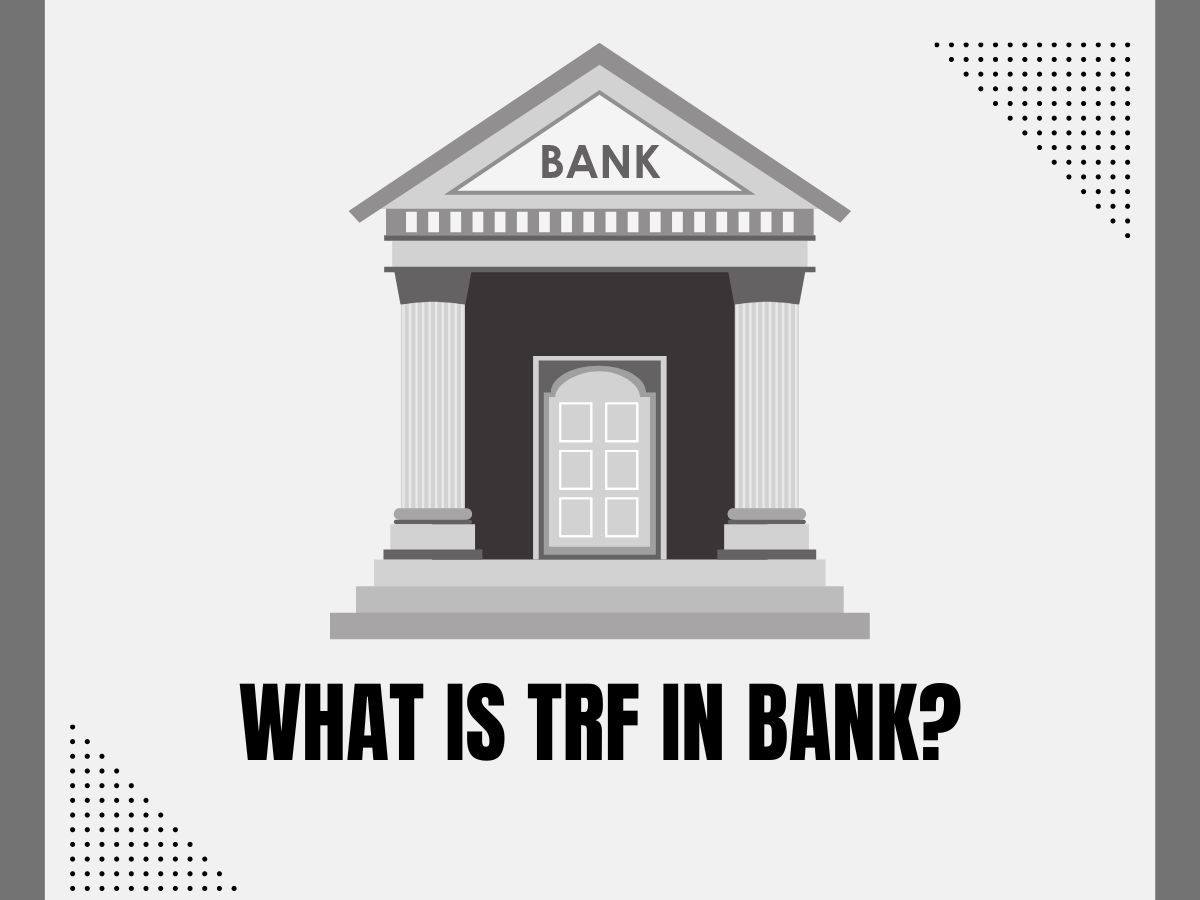What Is TRF In The Bank?

TRF in banking refers to transfer, which is the manual transfer of funds from one branch to another. In this instance, the bank and the money require significant time.
TMS (Treasury Management System) banking software distributes monies instantaneously after a file is sent from one branch to another and automates the procedure. There is now an electronic method for bank transfers.
TRF: Explanation
Transfers between Bank Branches (TRF) transfer funds from one bank branch to another. These transactions are typically performed manually by bankers by orders from central banks or monetary authorities. These transfers are commonly known as manual TRF.
The significance of transfers
TRF is significant since it reduces the number of bank branches in a given nation. It also helps keep the branch's expenses low.
TRF in India
In India, transfers are conducted in batches. It occurs once a week, and funds for transfer are collected from branch counters following branch transactions.
For instance, if monies must be transferred from one branch to another, the bank will collect funds for this purpose after executing transactions at that branch. Then, this money is transferred to other branches before being credited to a specific account at the final branch.
Transfers between banks transfer funds from the source branch to the target branch and vice versa. In the event of manual TRF (MTR), these transfers may take several days and be delayed.
Goals of Banking
The primary objectives of executing transactions within and between branches are to enhance customer service quality, reduce expenses, and enhance precision, timeliness, and dependability.
Banks carry out the transfer procedures by the central bank's or another monetary authority's directives.
In addition to money transfer information, the bank's instructions for conducting transfers contain instructions for sending money, the names of beneficiary account holders, or the destination branch account number.
Types of Transfers
M-T-R (Manual Transfer) and D-T-R are the two varieties of TRFs (Direct Transfer). Whether the branches seek to transfer funds to other branches or from their own depends on whether they wish to transfer cash to other branches or from their branch.
MTR
In manual transactions, funds are transferred from one branch to another or from one account within the same bank to another. The banker performs all manual transactions manually
For instance, if an employer wishes to transfer cash from his employer's account to an employee's account, the employee will submit a request, and the monies will be transferred manually by a banker by the central bank or monetary authority's regulations.
DTR
The network-based direct financial transfer is referred to as RTGS (Real Time Gross Settlement) and goes by the acronym RTGS (Faster). It is used for small-value transactions, such as salary payments.
Need for Transfers
TRF is not required if the transaction is performed automatically. However, if most transactions are performed manually, TRF will be required before credit, as the entire process requires human participation.
If all transactions are already automated, TRF will no longer be necessary. The following are a few of the benefits of TRF:
Reduction of expenses
If no transfer is required, a single branch office is more cost-effective. In other words, it is more cost-effective to have an office where the only employees are those who can transfer monies manually in the branch. Otherwise, this might be quite pricey.
To keep costs to a minimum, just the amount the branch may need is transmitted, as opposed to all at once, as with manual transactions. This also minimizes the expense of bank branches.
Enhanced Accuracy
Banks must ensure that the correct amount is transferred when they transfer funds. Funds may not be transmitted according to the customer's instructions in manual transactions. Therefore, TRF is conducted to promote accuracy and decrease customs-related operations.
Improved Time Taken
It takes approximately three business days to transfer funds from other banks to this particular bank. Transferring less than 5000 rupees takes over 10 business days (in manual transactions).
This occurred owing to a delay in communication between the branches, which has been remedied by transferring cash through TMS, ensuring no more delays in the M-T-R process occur.
If you want to get information from any good agent related to Loans and Credit Cards, then definitely visit Finndit.Com once because Finndit will give you the correct information about the agent of your area.
View Also -
What Are Consolidated Charges In Axis Bank?
What Is The Main Source Of Income For A Bank?
Which Bank Is Called Bankers Bank Of India?
